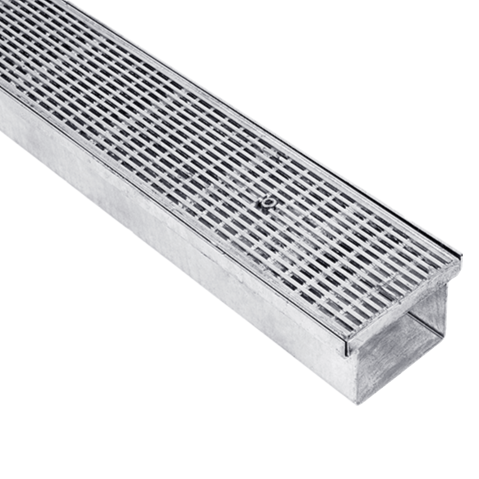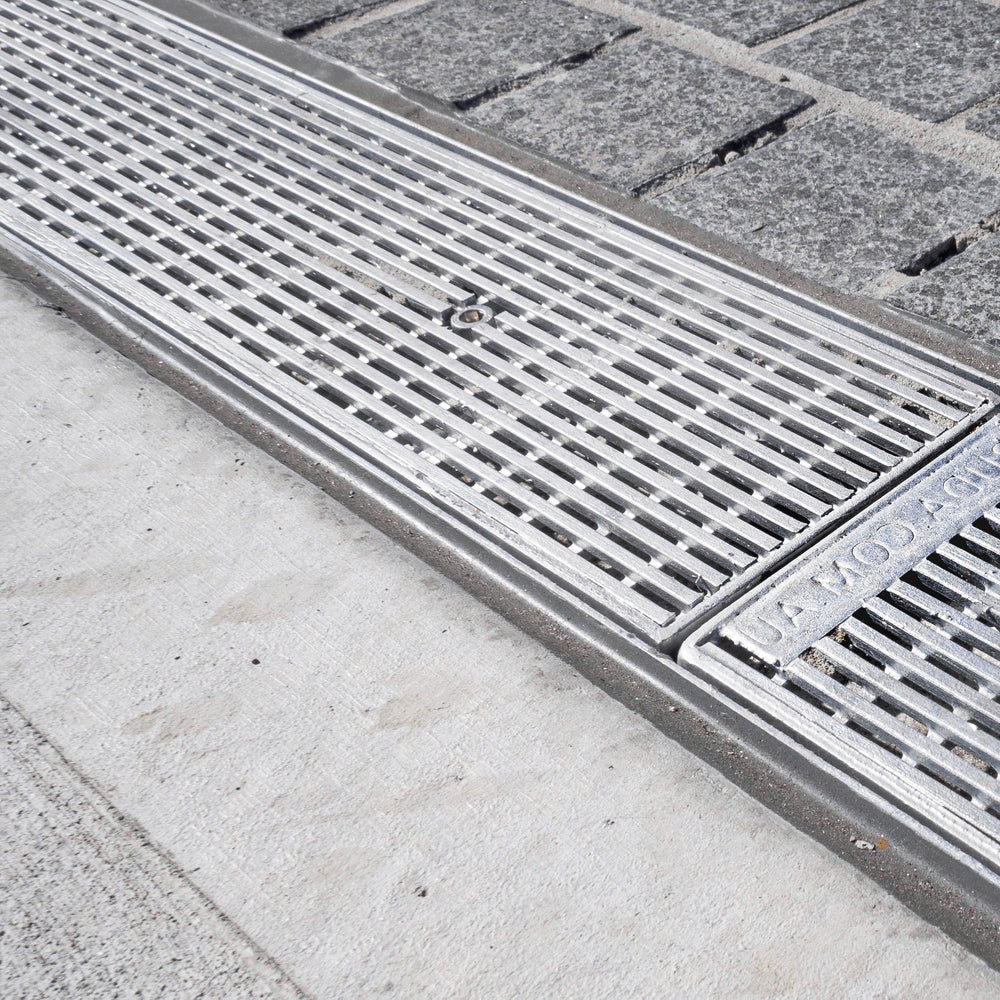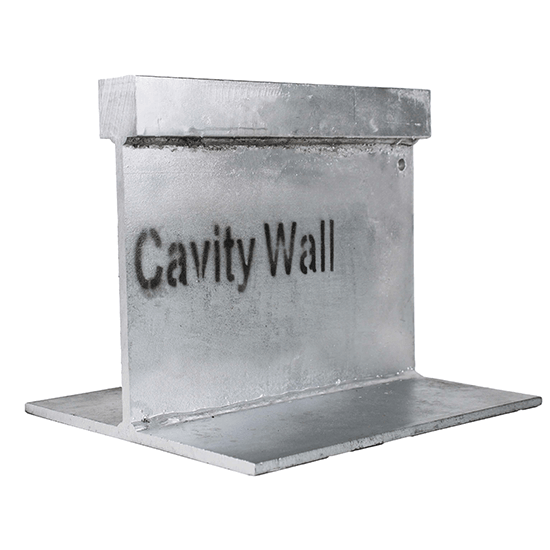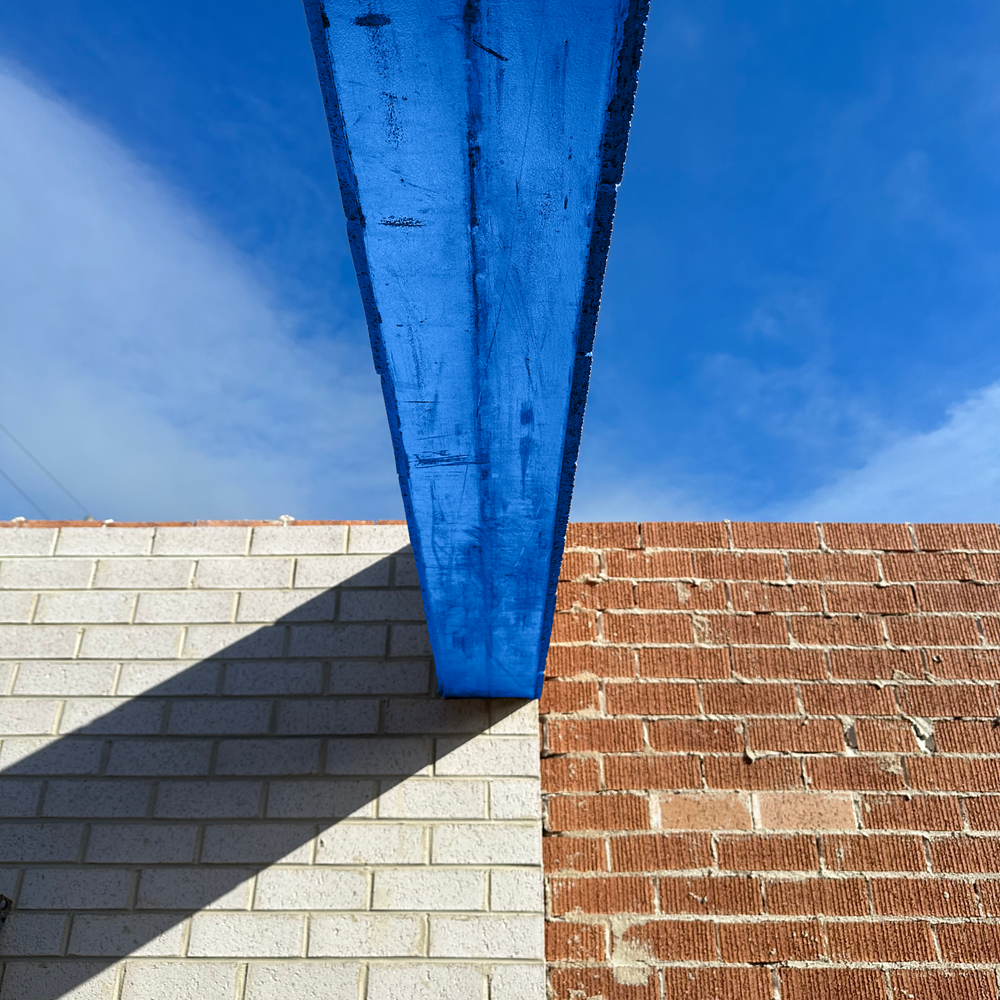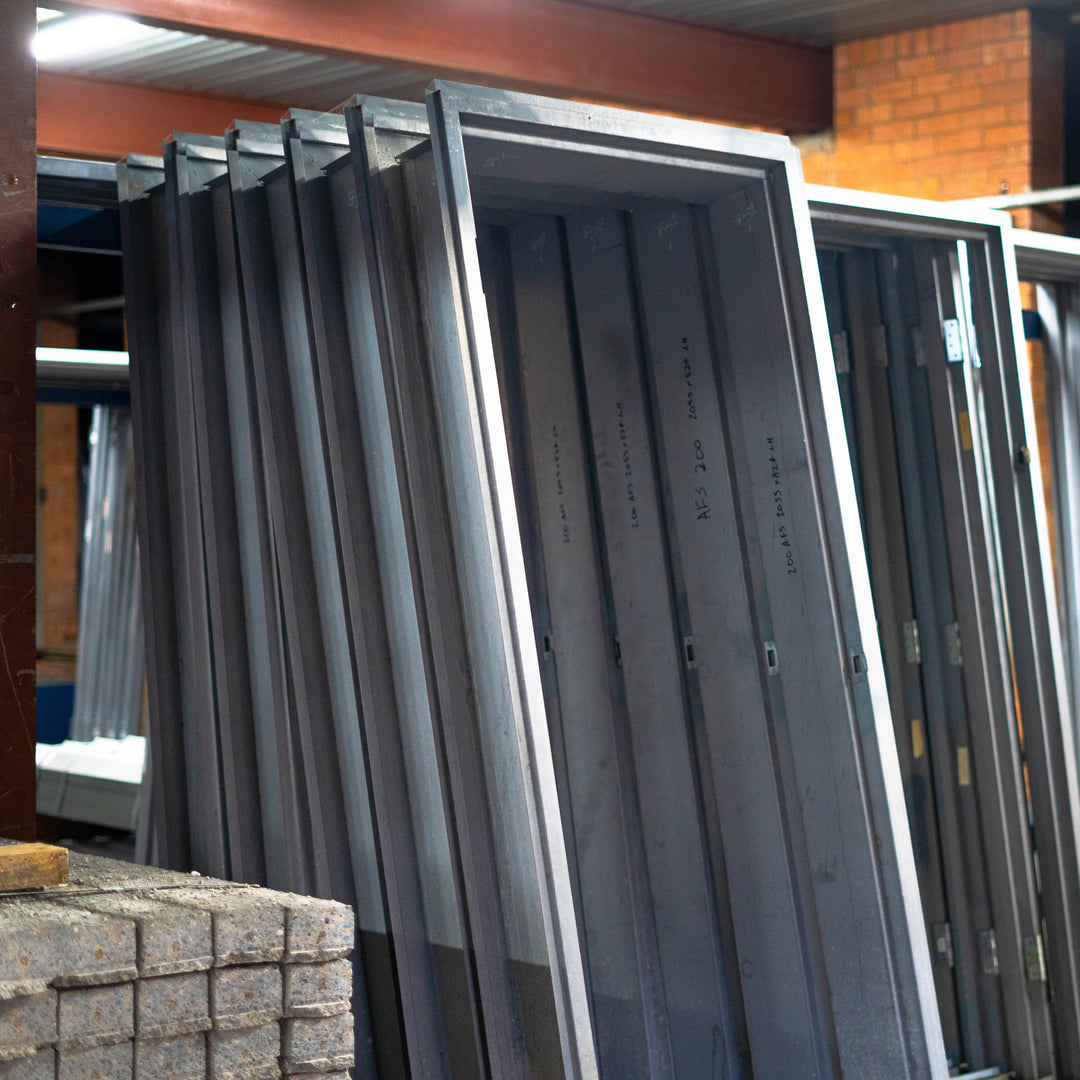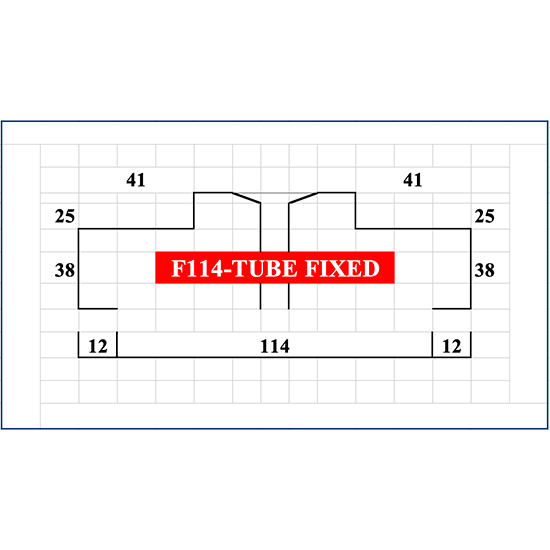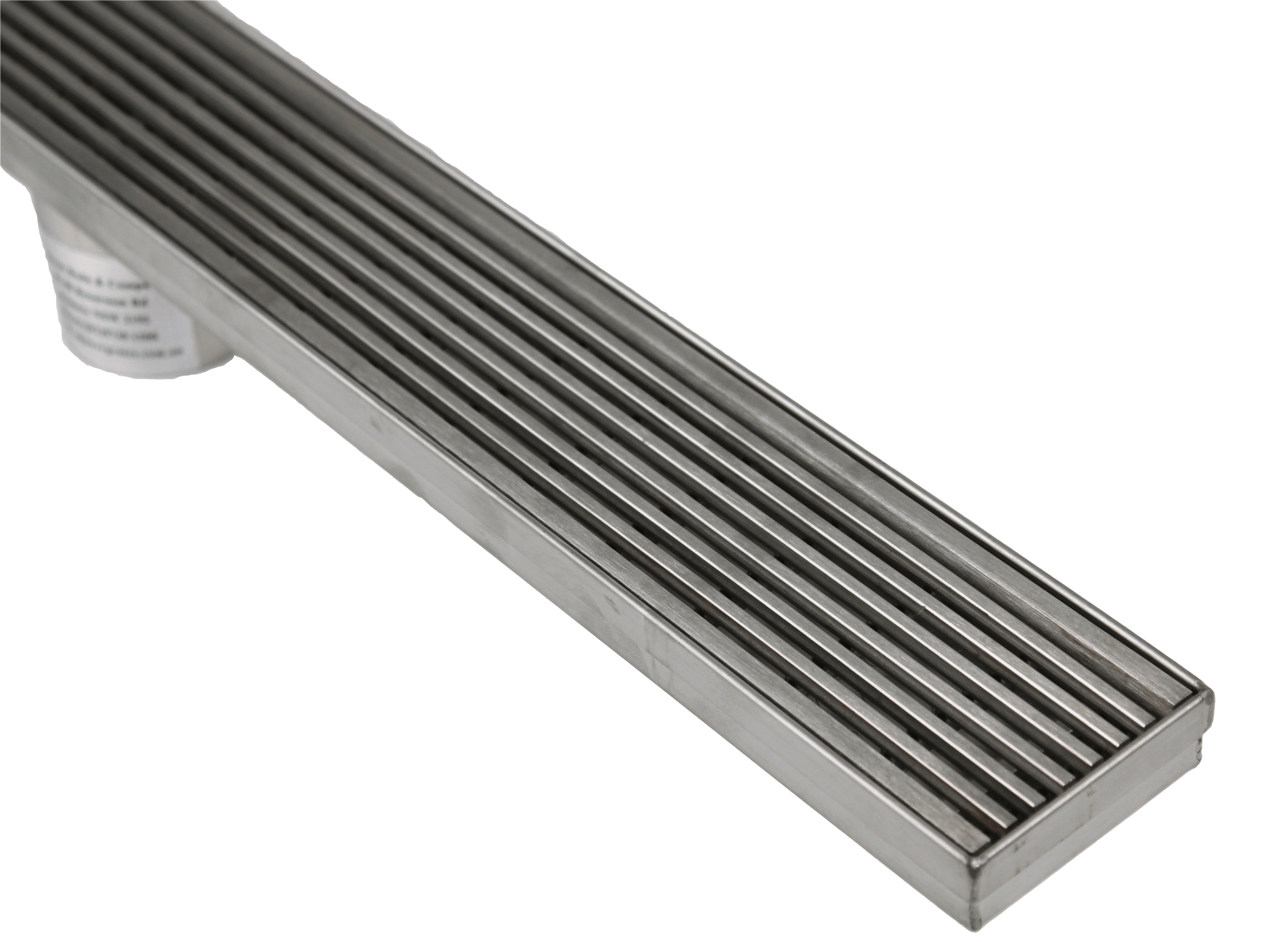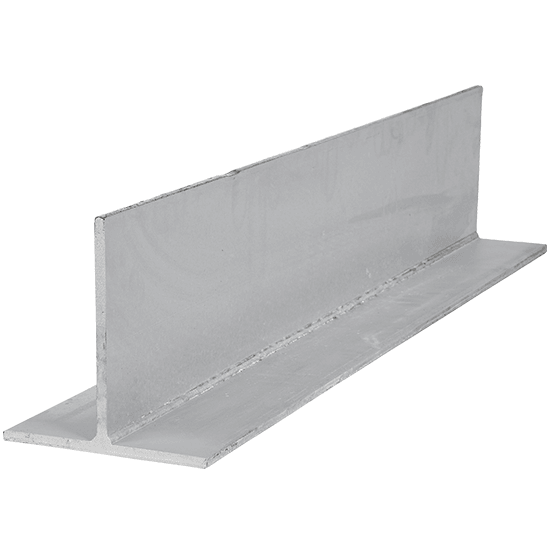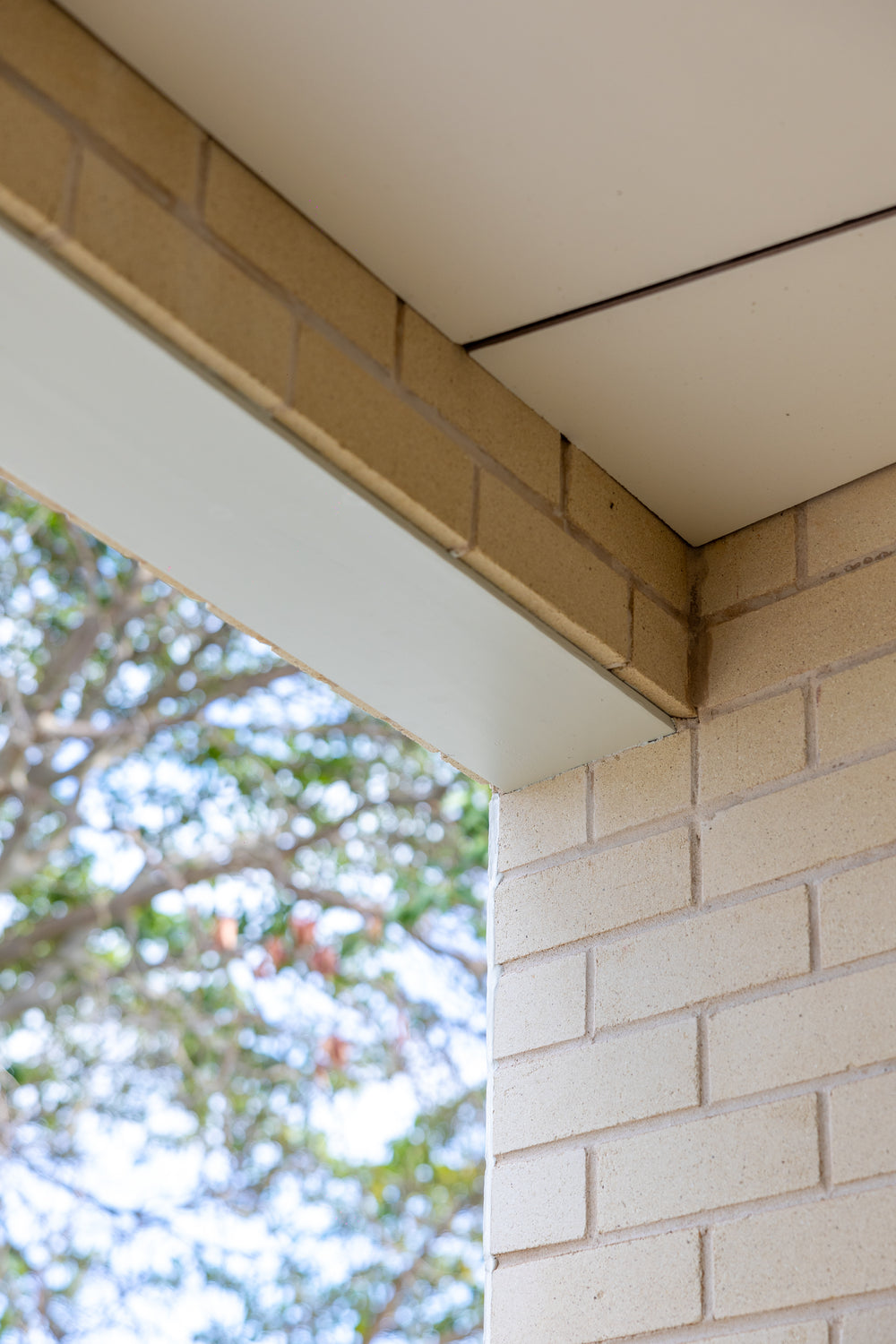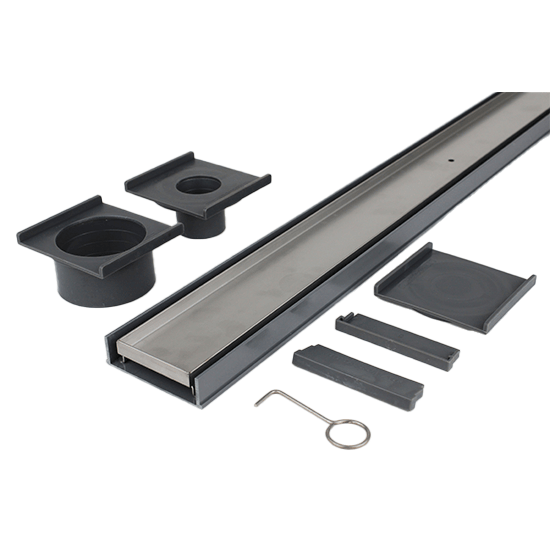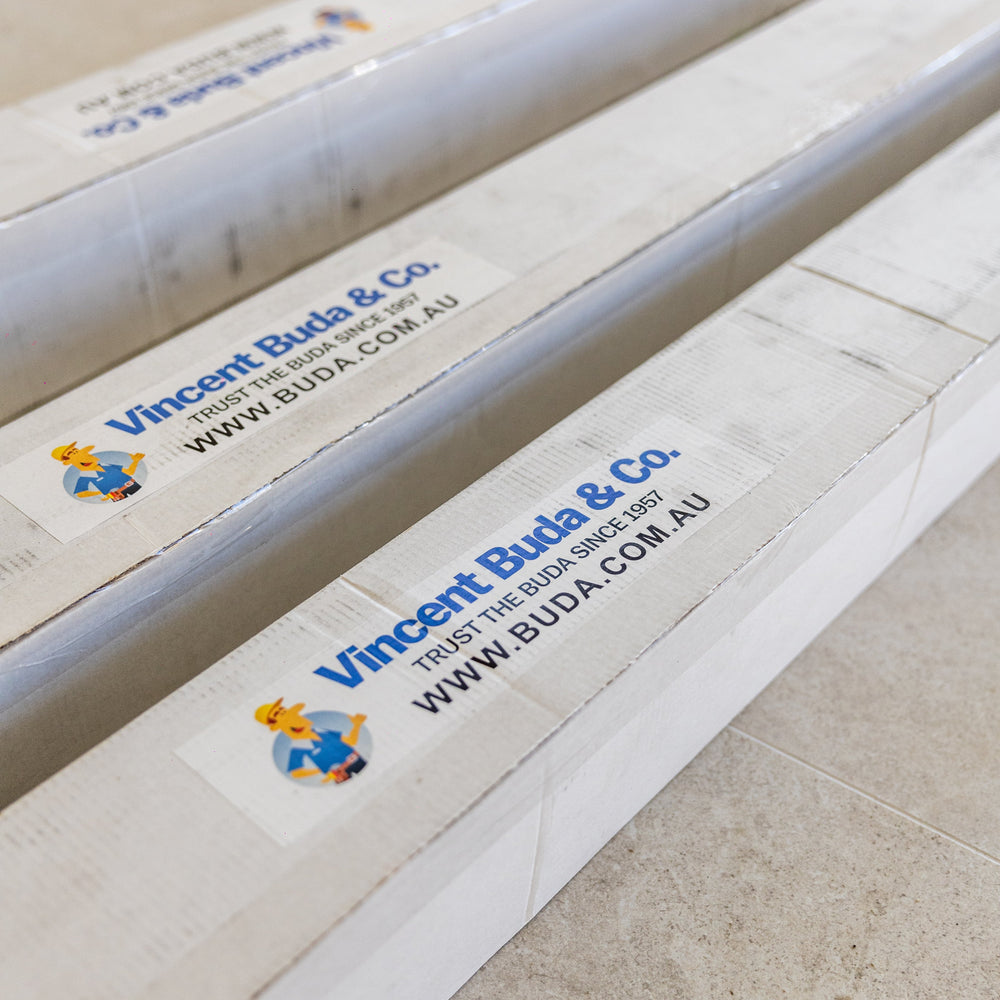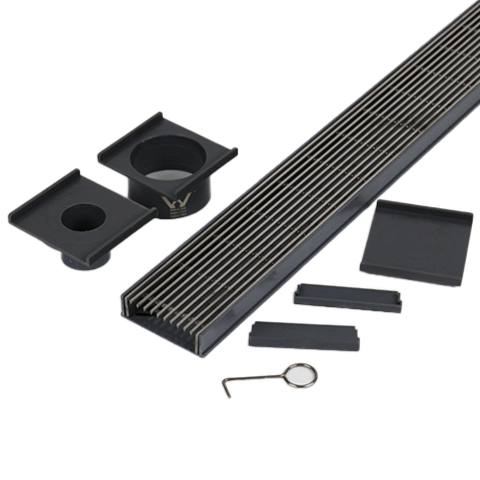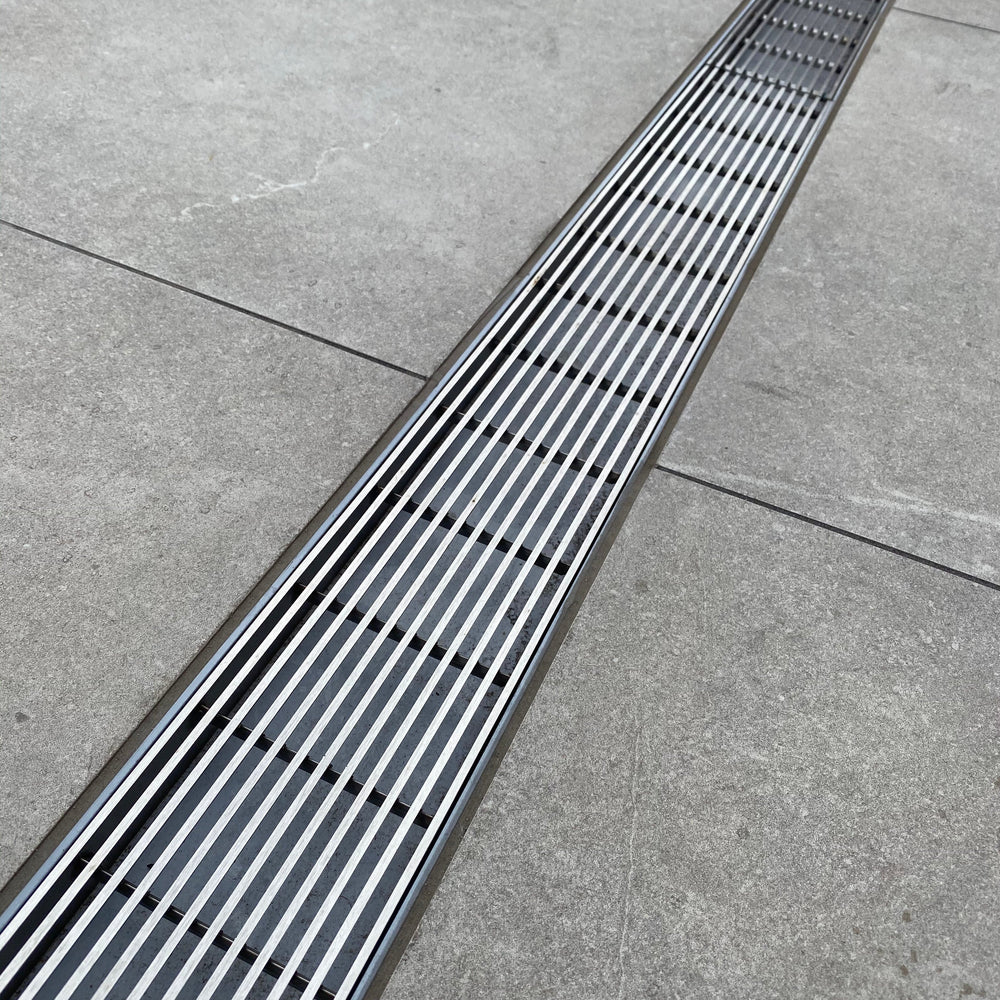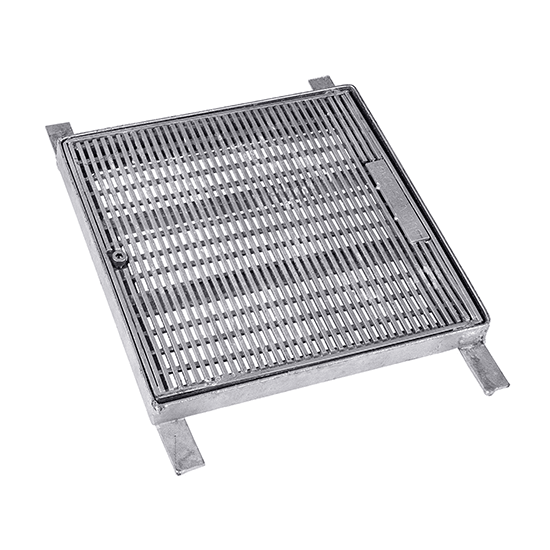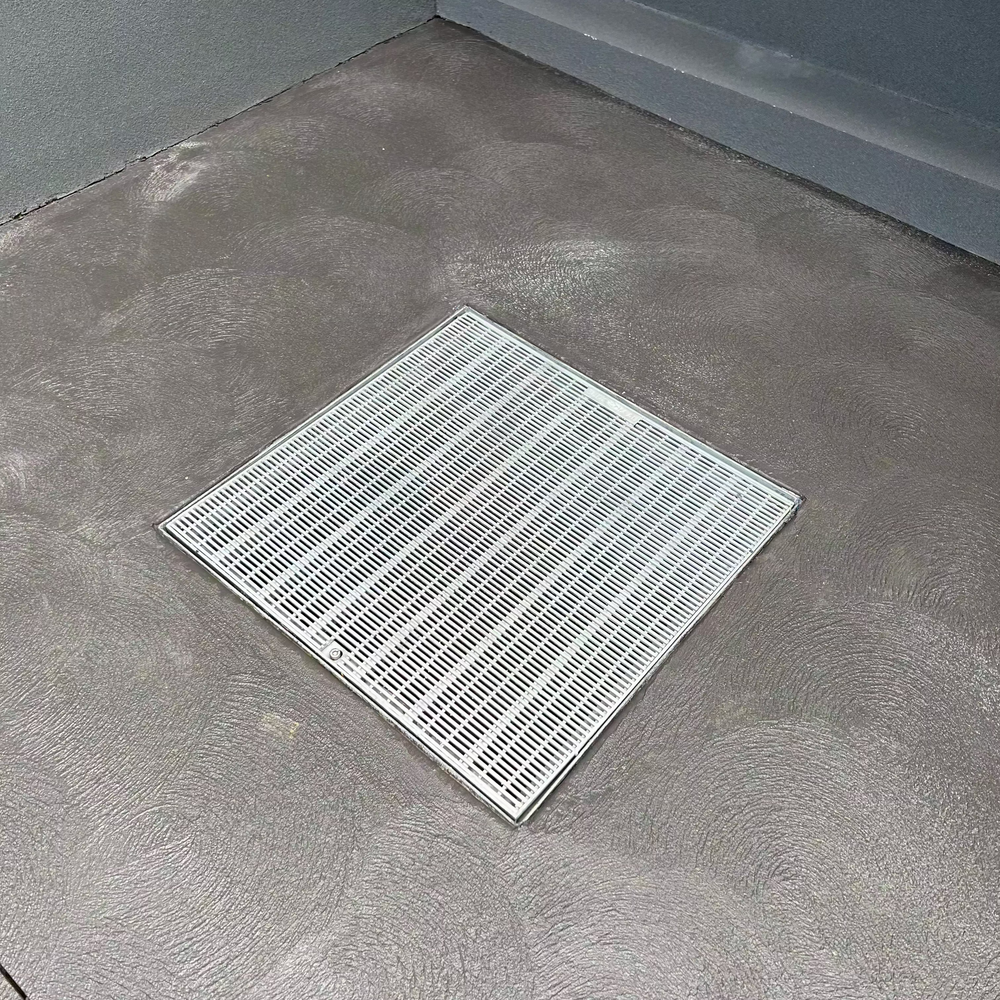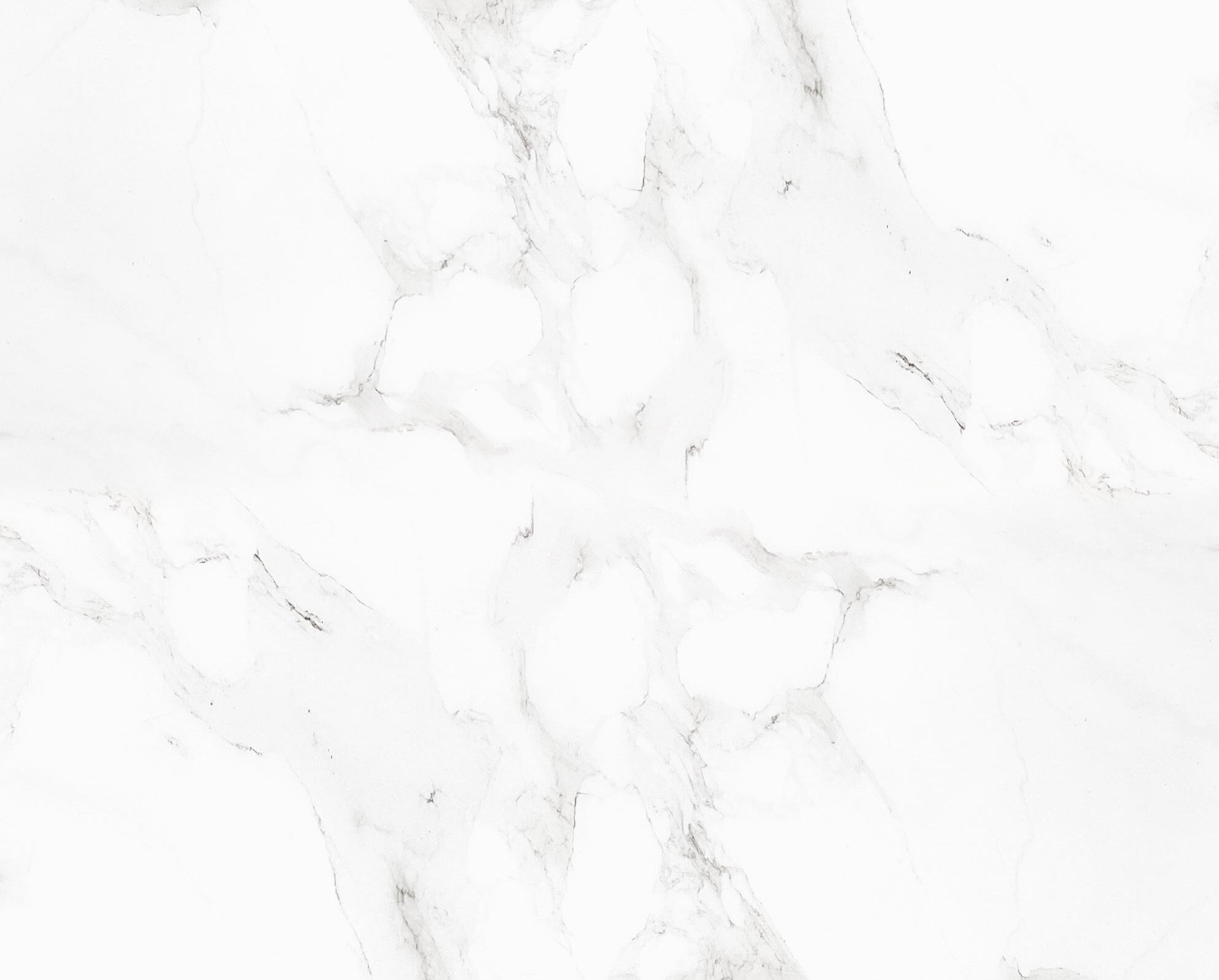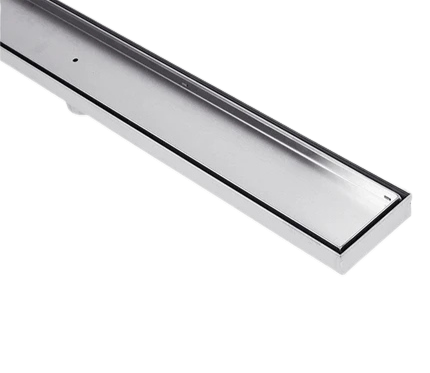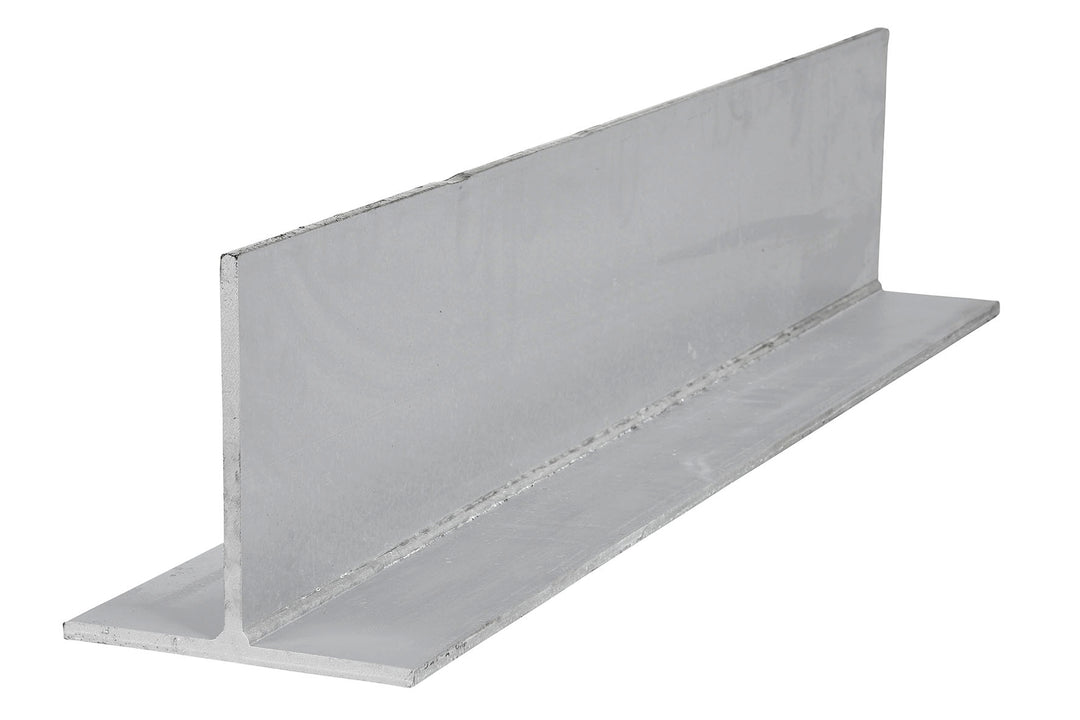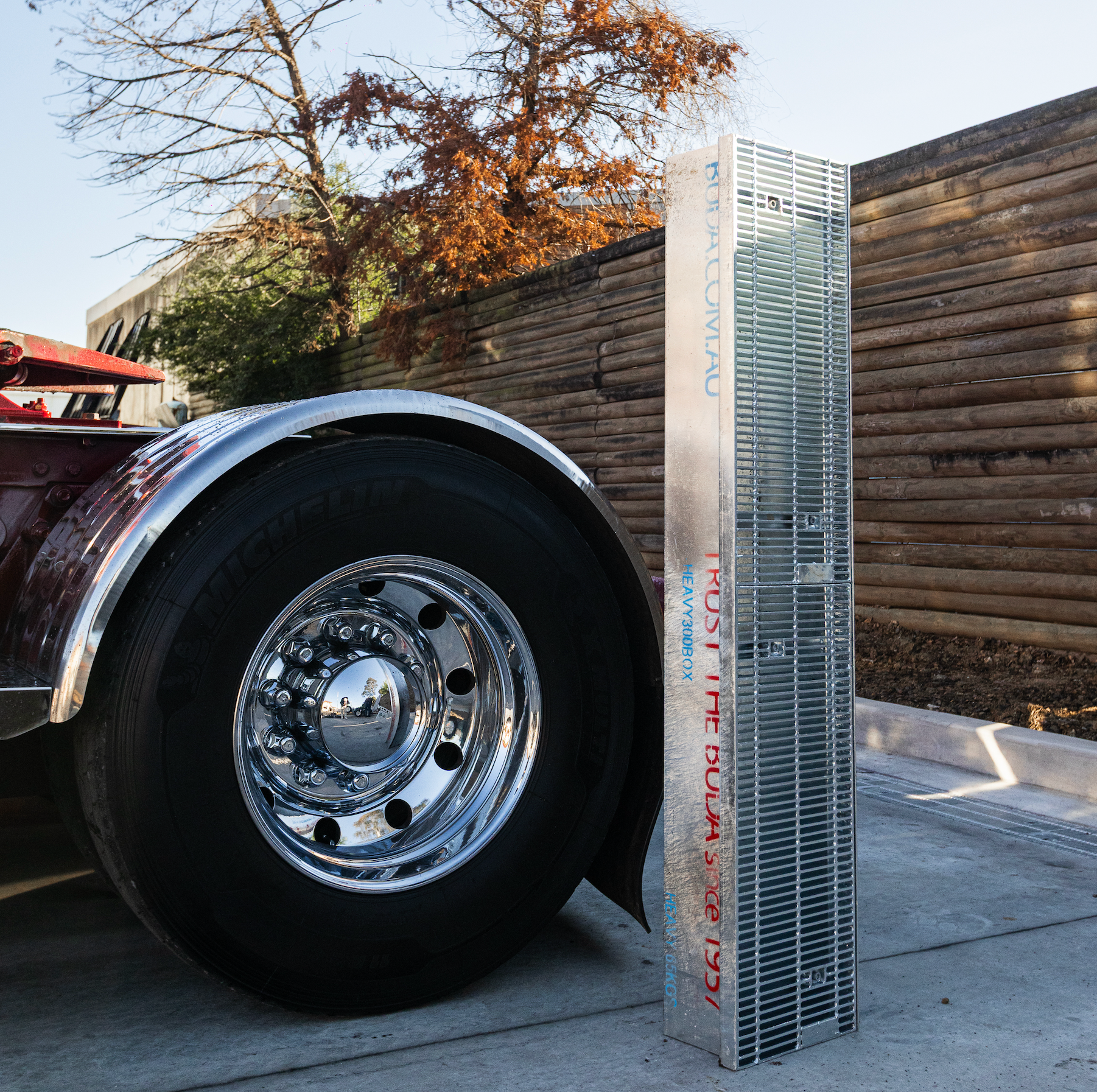Exploring Dampcourse Options, The Key to Dry Structures
The secret to a solid foundation is keeping moisture at bay, which is a breeze with the right dampcourse in place. This article will explore the purpose, importance, and options available for dampcourse, with insights into how they help maintain a property's structural integrity and comfort. By understanding what dampcourse is and how it works alongside flashing, you can make informed decisions for your construction projects and protect your investment. It’s time to put a damper on water damage!

What is Dampcourse?
Dampcourse (DPC) and flashing are often used interchangeably, as they serve closely related purposes in protecting buildings from moisture. Put simply, dampcourse stops moisture from rising through the structure, while flashing passively directs water away from the building, often through weep holes or similar mechanisms. Depending on the product’s size and application, it can function as either dampcourse or flashing, highlighting the versatility of these materials in moisture management. Both play crucial roles in safeguarding a building’s structural integrity and preventing water damage.
Essentially, dampcourse is a layer of waterproof material installed in the structure of a building to prevent moisture from rising through walls and floors. This barrier, typically placed at a specific height in a wall or foundation, acts as a moisture shield, blocking the upward movement of water by capillary action—a phenomenon known as rising damp. Without an effective dampcourse, water can seep into the structure, leading to problems such as damp patches, mould, and even damage to the building's integrity over time.
Why is Dampcourse Essential?
The primary role of dampcourse is to keep buildings dry and free from moisture damage. This is critical for a few reasons:
-
Protecting Structural Integrity
Moisture can weaken the materials used in construction, such as timber, mortar, and bricks. Dampcourse prevents this by creating a barrier that stops moisture from creeping into the walls and floors, preserving the structure's strength. -
Preventing Mould and Mildew
Dampness creates the ideal environment for mould and mildew, which can affect air quality and cause health problems. By installing proper dampcourse, you reduce the risk of these issues, maintaining a healthier indoor environment. -
Avoiding Costly Repairs
Moisture damage can lead to expensive repairs, especially if it affects load-bearing walls or foundational elements. Dampcourse is a cost-effective preventive measure that saves on maintenance costs in the long run.
Preventing Additional Problems
Dampcourse offers other critical benefits, including:
-
Stopping Water Seepage: It prevents water from rising through the ground and infiltrating your home.
-
Preventing Efflorescence: By blocking moisture, dampcourse reduces the risk of salt deposits forming on walls, which can damage surfaces and degrade their appearance.
-
Maintaining Termite Protection: Damp conditions in basements or foundations can attract termites, but a dampcourse helps to deter these pests.
-
Protecting Electrical Fittings: Moisture intrusion can lead to damp patches that damage wiring and fittings, creating safety hazards.
How Does Dampcourse Work?
Dampcourse, as a waterproof barrier, can be made from various materials, each chosen for its impermeability and durability. Common types include:
-
Plastic Dampcourse: A flexible and durable option, often made from polyethylene. Products like the Plastic Dampcourse offered by Vincent Buda are embossed sheets designed to block moisture. They comply with Australian Standard AS 2904-1986, ensuring quality and performance in local conditions.
-
Aluminium Dampcourse: This bitumen-coated aluminium option provides excellent moisture resistance. It's lightweight, easy to handle, and ideal for both new builds and renovations. Alcor dampcourses are known for being strong, creep-free, and able to withstand harsh conditions without staining brickwork.
Types of Dampcourse Materials
The choice of dampcourse material can impact its effectiveness and suitability for different projects. Here are some commonly used materials:
-
Plastic Dampcourse
Plastic sheets, like Vincent Buda’s Plastic Dampcourse, are commonly used due to their flexibility and resistance to moisture. They are lightweight, easy to install, and effective for various applications. -
Aluminium
Aluminium dampcourses, such as Alcor, are preferred for their strength and durability. The bitumen coating ensures the material remains impervious to moisture, while the pliability of aluminium allows it to be easily shaped and installed. -
Bituminous Felt
Made from layers of felt saturated with bitumen, this type of dampcourse is robust and waterproof. It’s often used in traditional masonry construction and can be easily cut to size. -
Mastic Asphalt
A semi-rigid option, mastic asphalt provides a solid, moisture-resistant barrier. It's suitable for both horizontal and vertical damp proofing, making it a versatile choice for builders.
Where is Dampcourse Installed?
Dampcourse is typically installed at a low point in the wall structure, often just above ground level or within the foundation. They can be applied horizontally to block moisture from rising up the walls or vertically to prevent lateral moisture movement. In addition, damp-proof membranes (DPMs) are often used in conjunction with dampcourses, especially under concrete floors, to create a continuous moisture barrier.
The Risks of Inadequate Damp Proofing
Failure to install effective dampcourse or opting for subpar materials can have several consequences:
-
Rising Damp: Without a proper barrier, moisture from the ground can rise into the building's structure, leading to damp walls and damaged plaster.
-
Salt Damage: Groundwater often contains salts like chlorides and nitrates, which can be drawn into the walls. These salts absorb moisture from the air, causing damp patches without direct water ingress.
-
Weakened Structure: Prolonged exposure to moisture can cause wood to rot, metals to corrode, and bricks to crack, all of which compromise the building’s stability.
Choosing the Right Dampcourse for Your Project
Selecting the right dampcourse depends on several factors, including the type of construction, environmental conditions, and the specific needs of your project. Here are some considerations:
-
Material: Choose a material that suits the climate and conditions of your construction site. For example, Alcor Aluminium is ideal for areas prone to high moisture, while plastic options work well in most standard applications.
-
Compliance: Make sure that the dampcourse material meets the relevant standards. Products like those from Vincent Buda comply with Australian Standards, offering quality assurance.
-
Ease of Installation: Some dampcourses are easier to install than others. Consider the labour involved and whether you need a flexible, easy-to-handle material or a more rigid, heavy-duty option.
Maintenance and Lifespan of Dampcourses
A properly installed dampcourse should last the lifetime of the building, but periodic inspections are recommended to ensure it remains effective. Here are some maintenance tips:
-
Check for Cracks: Look for any signs of cracks in the mortar or around the dampcourse layer. Small cracks can allow moisture to penetrate.
-
Clear Obstructions: Ensure that soil, debris, or garden beds do not bridge the dampcourse, which can lead to moisture bypassing the barrier.
-
Repair Damaged Sections: If any part of the dampcourse is damaged, it must be repaired promptly to maintain the barrier's integrity.
Time to Rise Above Rising Damp
A well-chosen and properly installed dampcourse is essential for maintaining a dry, healthy, and structurally sound building. It acts as the first line of defence against moisture, safeguarding your property's aesthetic and functional aspects. Whether you’re working on a new construction project or renovating an existing structure, consider investing in high-quality dampcourse materials from trusted suppliers like Vincent Buda. By doing so, you can be sure your building remains protected from the potentially costly effects of moisture damage for years.
Check out Vincent Buda's extensive range of hardware and building supplies. For more information on dampcourse supplies or any of our offerings, contact Vincent Buda & Co. today.


